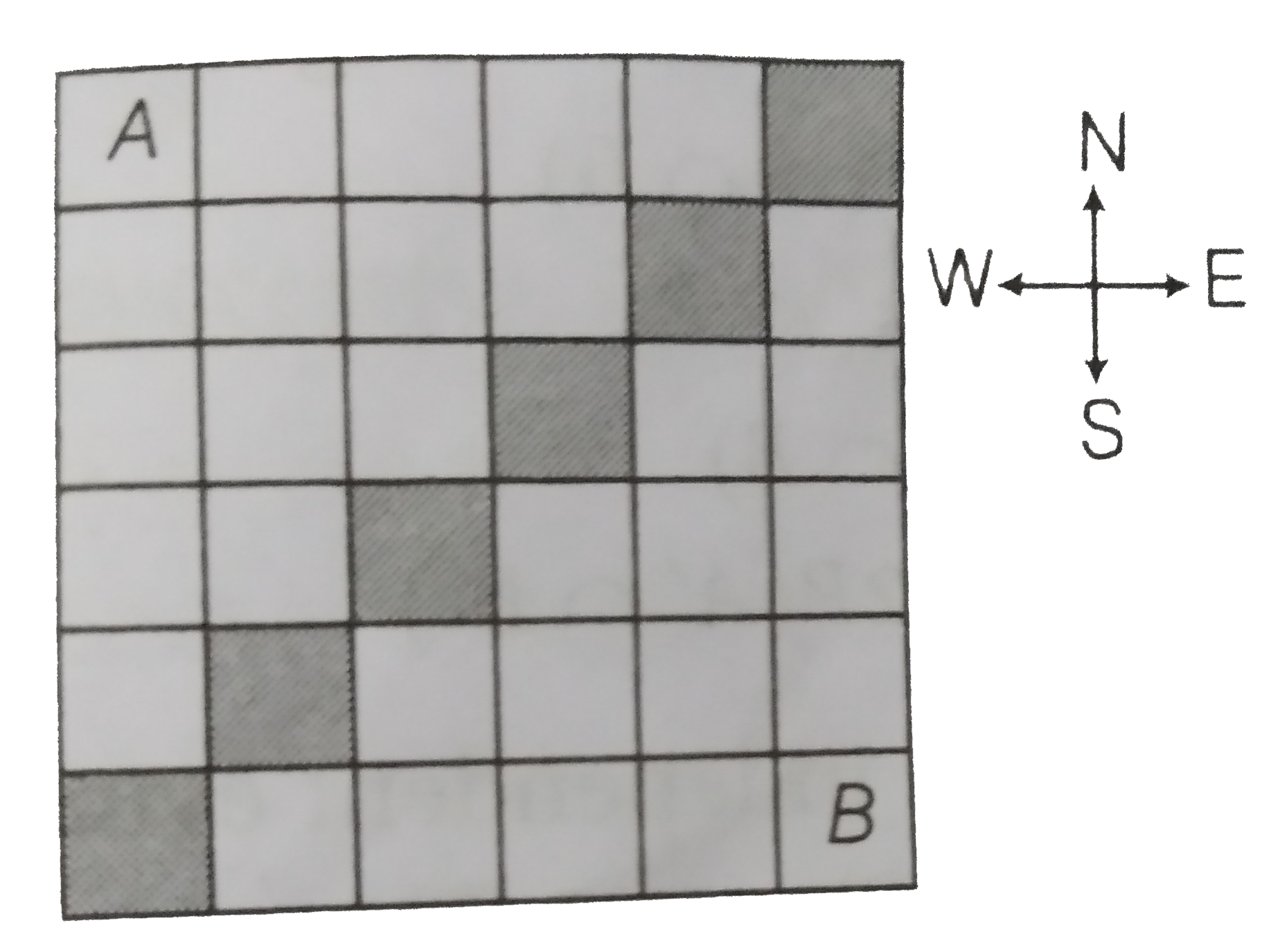The numbers 1,2,3,.., n are arranged in a random order. The probability that the digits 1,2,3,..,k(n>k) appears as neighbours in that order is
a. (n−k)!n!
b. (n−k+1)!.n!
c. n−k,nCk
c. k!n!Solution in Punjabi
(n−k)!n!
(n−k+1)!.nCk
n−k,nCk
k!n!
The correct Answer is:(b)
Step by step video & image solution for The numbers 1,2,3,.., n are arranged in a random order. The probability that the digits 1,2,3,..,k(n gt k) appears as neighbours in that order is a. ((n-k)!)/(n!)b. ((n-k+1)!)/(.n!) c. (n-k)/(,^nC_k) c. (k!)/(n!) by Maths experts to help you in doubts & scoring excellent marks in Class 12 exams.
Updated on:21/07/2023Topper's Solved these Questions
- PROBABILITYBOOK - ARIHANT MATHSCHAPTER - PROBABILITYEXERCISE - Probability Exercise 1: Single Option Single Correct Type Question
1 Videos
- PROBABILITYBOOK - ARIHANT MATHSCHAPTER - PROBABILITYEXERCISE - Exercise (More Than One Correct Option Type Questions)
15 Videos
- PROBABILITYBOOK - ARIHANT MATHSCHAPTER - PROBABILITYEXERCISE - Exercise For Session 4
15 Videos
- PERMUTATIONS AND COMBINATIONS BOOK - ARIHANT MATHSCHAPTER - PERMUTATIONS AND COMBINATIONS EXERCISE - Exercise (Questions Asked In Previous 13 Years Exam)
28 Videos
- PRODUCT OF VECTORSBOOK - ARIHANT MATHSCHAPTER - PRODUCT OF VECTORSEXERCISE - Exercise (Questions Asked In Previous 13 Years Exam)
52 Videos
Similar Questions
A and B are persons standing in corner square as shown in the figure. They start to move on same time with equal speed, of A can move in East or South diretion and B can move in North or West diretion. If in each step they reach in next square and their choice of direction are equlity. If it is given that A and B meet in shaded region, then the probability that they have met in the top most shaded square, is

View SolutionFor two given event A and B, P(A∩B) is
View SolutionThe probability of getting exactly two heads when tossing a coin three times is
View SolutionThere is a rectangular sheet of dimension (2m−1)×(2n−1), (where m>0,n>0) It has been divided into square of unit area by drawing line perpendicular to the sides. Find the number of rectangles having sides of odd unit length.
View SolutionLet O be the origin and let PQR be an arbitrary triangle. The point S is such that ¯¯¯¯¯¯OP⋅¯¯¯¯¯¯OQ+¯¯¯¯¯¯OR⋅¯¯¯¯¯¯OS=¯¯¯¯¯¯OR⋅¯¯¯¯¯¯OP+¯¯¯¯¯¯OQ⋅¯¯¯¯¯¯OS=¯¯¯¯¯¯OQ⋅¯¯¯¯¯¯OR+¯¯¯¯¯¯OP⋅¯¯¯¯¯¯OS Then the triangle PQR has S as its
View SolutionProve that 2^(k)(n,0)(n,k)-2^(k-1)(n,1)(n-1,k-1)+2^(k-2)(n,2)(n-2,k-2)-....+(-1)^(k)(n,k)(n-k,0)=(n,k)
View SolutionIf A is a square matrix of order n xx n and k is a scalar, then adj (kA) is equal to (1) k adj A (2) k^n adj A (3) k^(n-1) adj A (4) k^(n+1) adj A
View SolutionLet A be an nth-order square matrix and B be its adjoint, then |AB+KIn| is (where K is a scalar quantity) (|A|+K)n−2 b. (|A|+)Kn c. (|A|+K)n−1 d. none of these
View SolutionIf k∈Ro then det{adj(kIn)} is equal to (A) Kn−1 (B) K(n−1)n (C) Kn (D) k
View Solutionlim_ (n rarr oo) (1 ^ (k) + 2 ^ (k) + ... + n ^ (k)) / (k * n ^ (k + 1)), (n in N, k in I ^ (+))
View SolutionLet Sn=n∑k=1nn2+nk+k2andTn=n−1∑k=0nn2+nk+k2 for n=1,2,3..., then
View Solutionk−nC1(k−1)+nC2(k−2)−…..+(−1)nnCn(k−n)=
View SolutionLet Sn=n∑k=1(−1)k−1.K2 for n≥1. Given that S2n=−n(2n+1) For n=1,2,3,⋯then Sn=
View SolutionIf k∈Ro then det{adj(kIn)} is equal to (A) Kn−1 (B) K(n−1)n (C) Kn (D) k
View SolutionThe numbers 1, 2, 3, ..., n are arrange in a random order. The probability that the digits 1, 2, 3, .., k(k<n) appear as neighbours in that order is
View Solutionabout to only mathematics
View Solution
